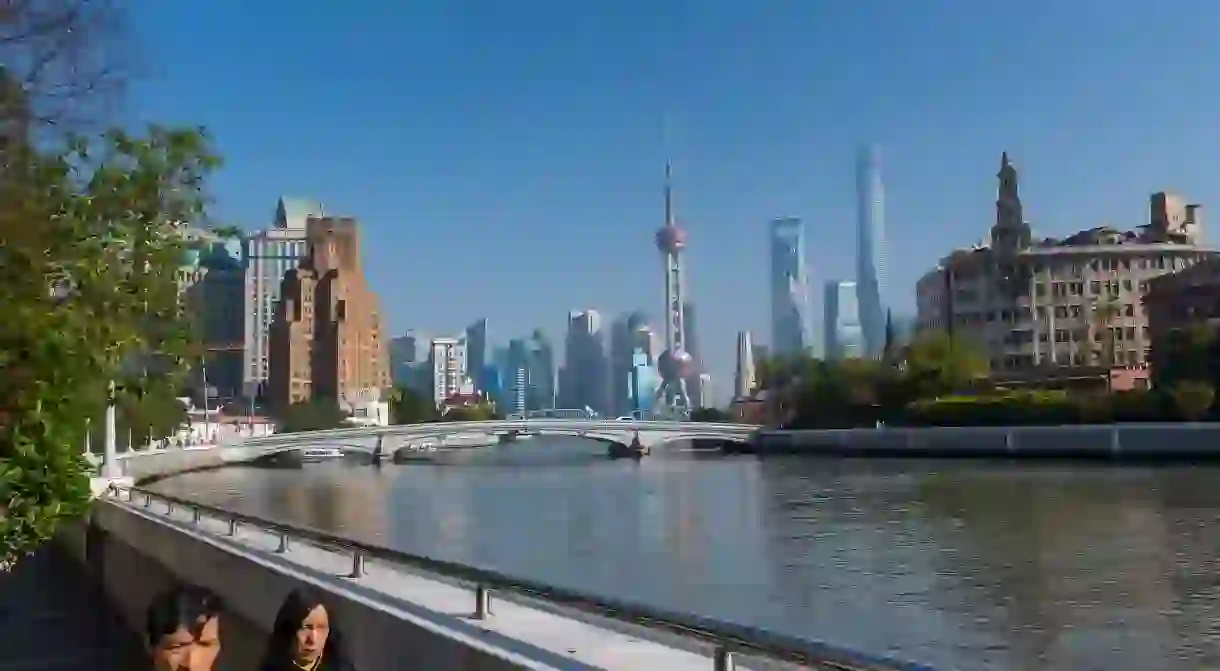An Alternative Guide to Shanghai

Everyone needs to see the Bund at least once during their trip to Shanghai, but the city is about so much more than big buildings and high fashion shopping. If you want to experience the Shanghai that locals and longtime expats love, skip the tourist traps and do these things instead.
Visit a bathhouse
Spa, Health Spa
Take a tour of Shanghai's Art Deco heritage architecture
Building

Travel to Europe...without leaving Shanghai
Building

Trek to a weird museum
Shanghai has its fair share of world class museums, but its quirky niche museums are just as deserving of your attention. There’s the Shanghai Museum of Glass, which sees art in functionality, and the tiny but fascinating Shanghai Chopsticks Museum. There’s a museum devoted entirely to the Shanghai metro and one that commemorates the history of China’s public security forces. There’s even a Jackie Chan museum. No matter your bizarre hobby, chances are that a Shanghai museum has been honoring it for years; it just might take a little bit of searching to find.
Ride the metro to the end of line 11
Building, Park

Walk along Suzhou Creek
Natural Feature

Explore the natural side of Shanghai on Chongming Island
Natural Feature

Okay, go to the Bund…the West Bund.
Once nothing more than an industrial area devoted to airplane manufacture, Shanghai’s West Bund is now the city’s best alternative to the congested historic Bund. In an effort to turn the West Bund into an arts and cultural hub that rivals London’s South Bank, the city government has encouraged the rapid establishment of art museums and galleries along this lively waterfront. Among the picnickers and skateboarders are now the hippest artsy types who come here for the Long Museum, Yuz Museum, and other up and coming creative venues that will turn anyone into an art critic.













